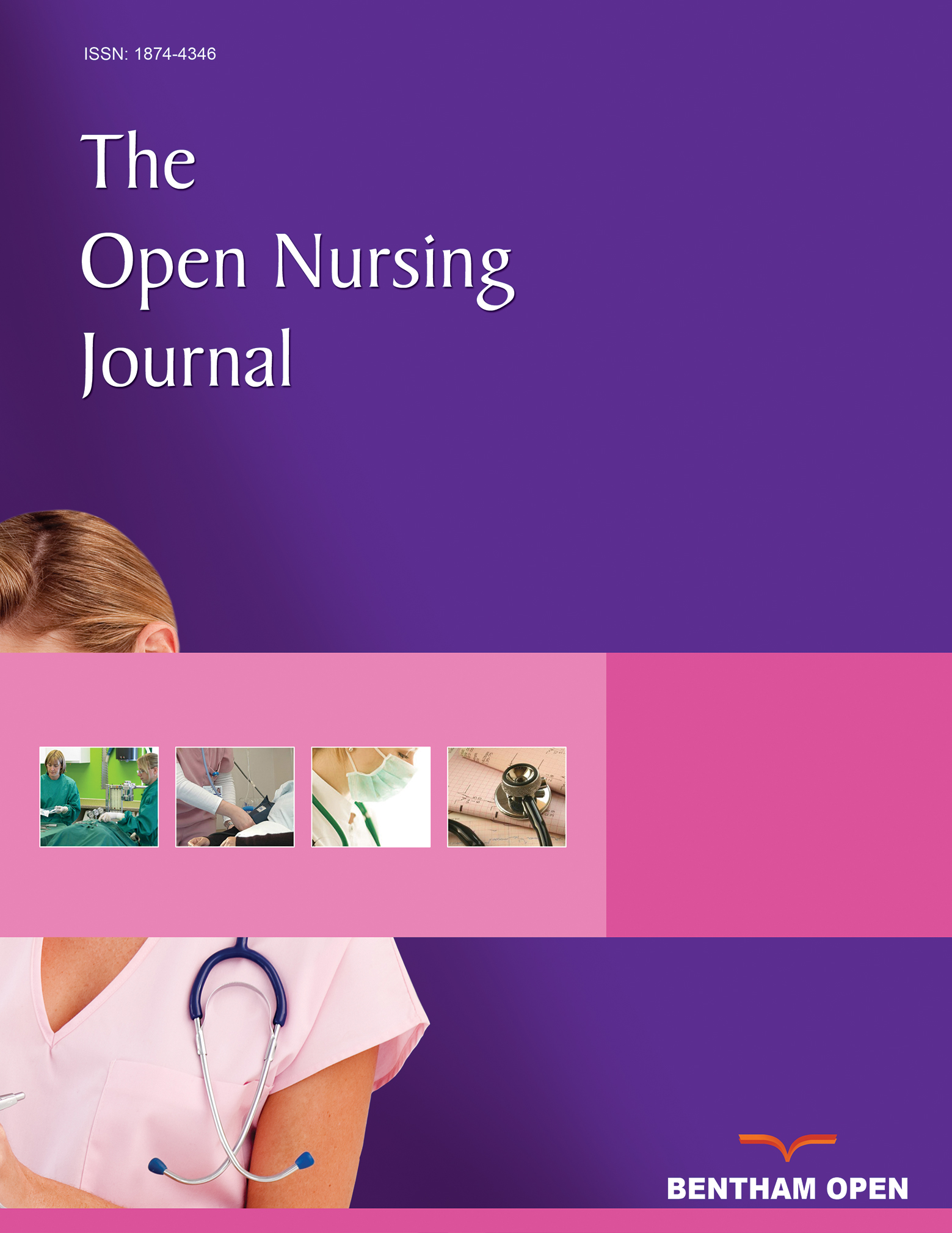All published articles of this journal are available on ScienceDirect.
Nurse-Driven Training Courses: Impact on Implementation of Ambulatory Blood Pressure Monitoring
Abstract
Background:
Ambulatory blood pressure monitoring (ABPM) predicts cardiovascular risk and identifies white-coat and masked hypertension, efficacy of treatment and the circadian cycle of hypertensive patients.
Objective:
To analyze the effectiveness of ABPM implementation thoughtout a nurse-driven training program.
Materials and Methodology:
Twenty eight professionals were involved in the study carried out in the primary care center of the metropolitan area of Barcelona that serves 34,289 inhabitants. The ABPM implementation program was driven by two nurses that held four education sessions. After a 2-year follow-up period, we assessed the outcome of attendance at the educational sessions. First, we evaluated whether the program increased the number of orders of ABPM. Second, we used a survey to evaluate to what extent the input of our educational sessions was understood by attendants. Third, we analyzed the effect ABPM results had on the treatment of patients with a bad control of their hypertension.
Results:
After the training sessions we found a 6-fold increase in the number of patients undergoing ABPM. We analyzed 204 hypertensive individuals: 41% dippers, 34% were non-dippers, 20% were risers and 5% were extremely dippers. According to our survey, 100% of attendants had a good practice regarding ABPM management. However only 27% of riser patients were studied with a second ABPM.
Conclusions:
Specific training processes are needed for implementation of ABPM and an even more concentrated effort should be focused on training in the correct interpretation of ABPM results.


